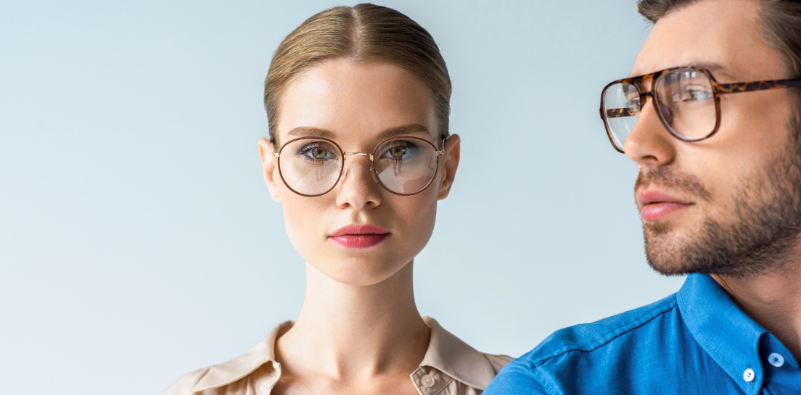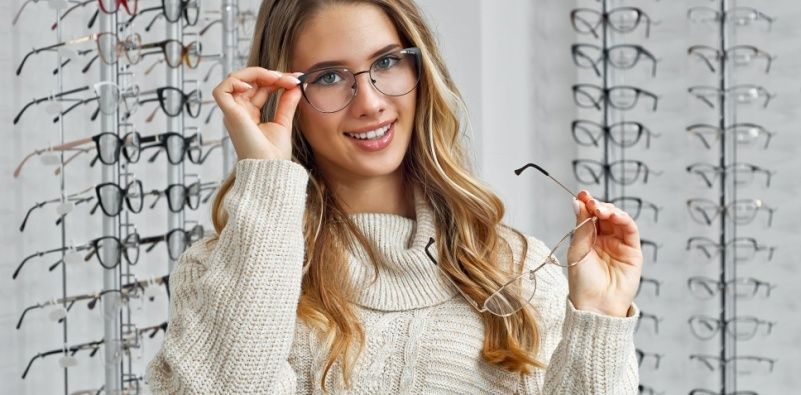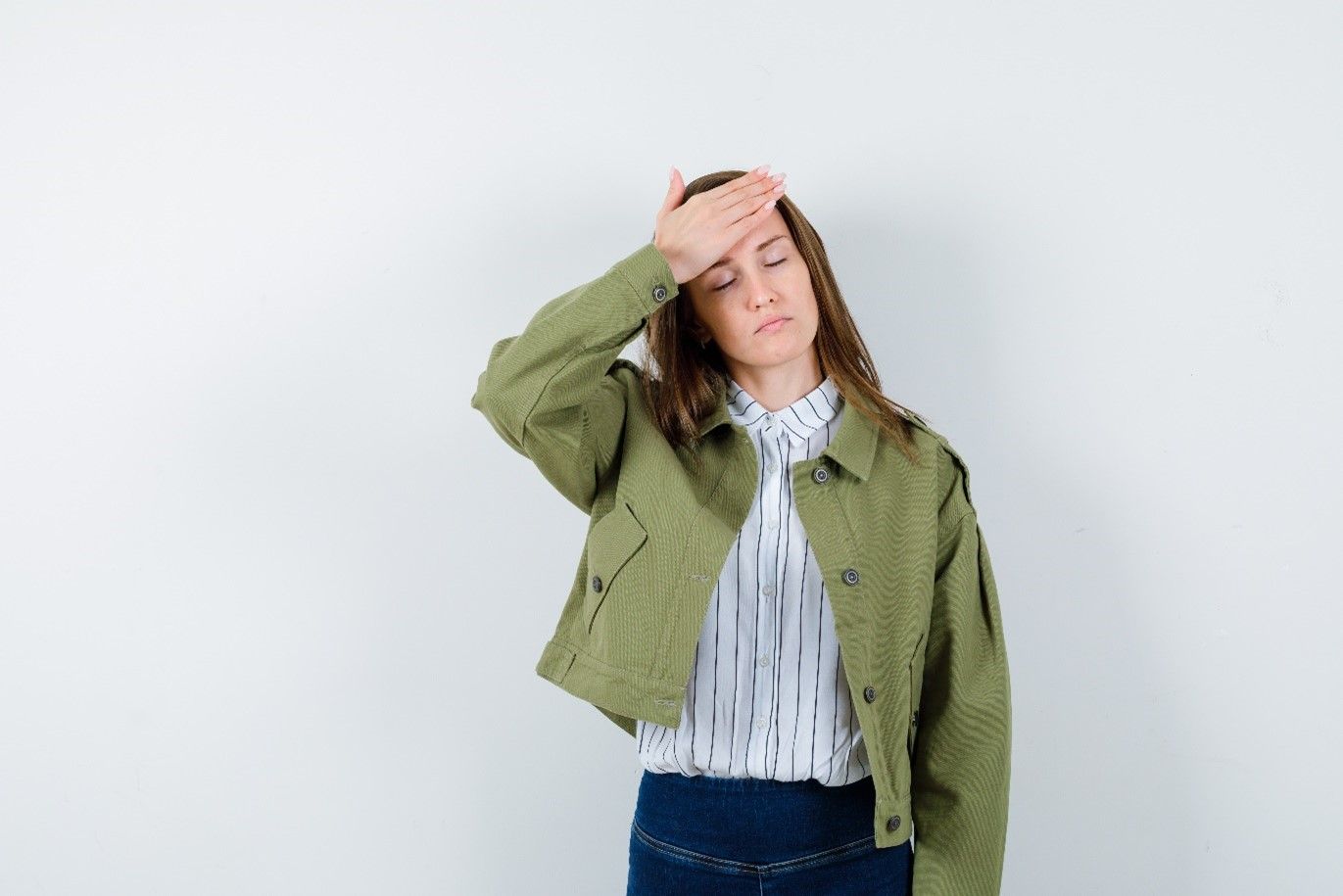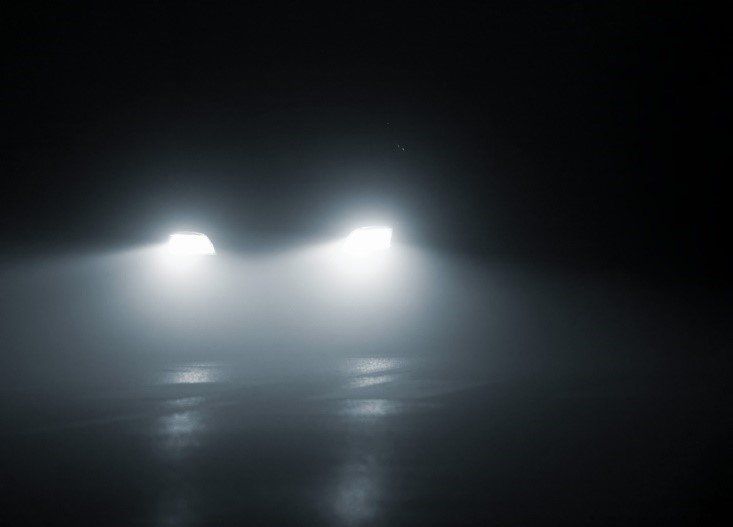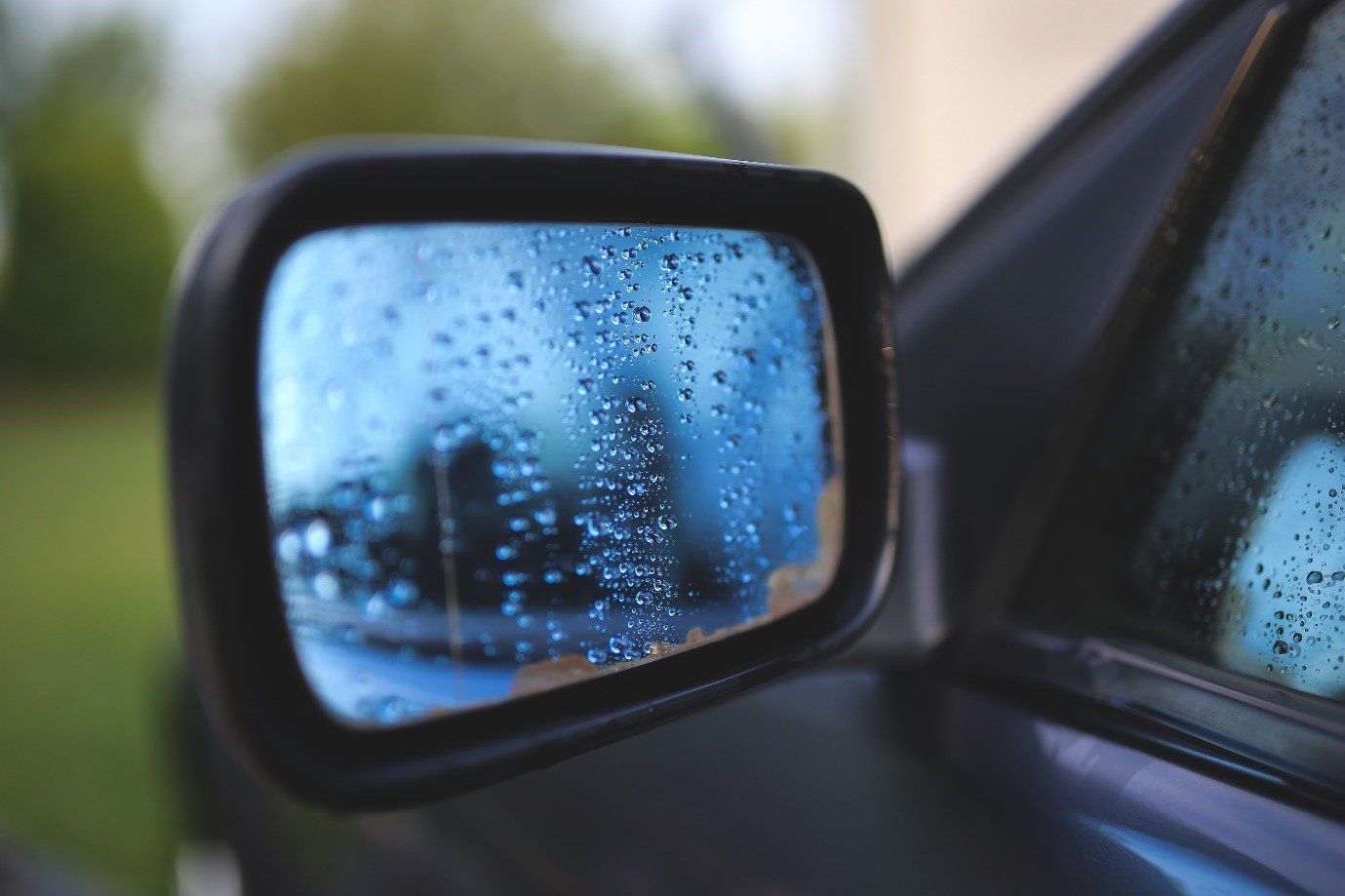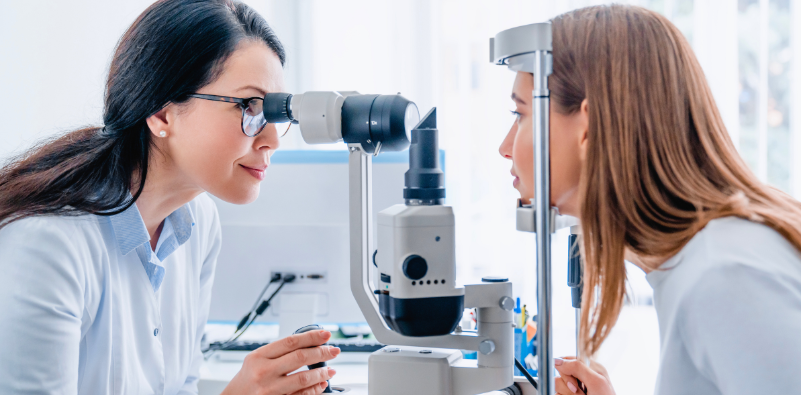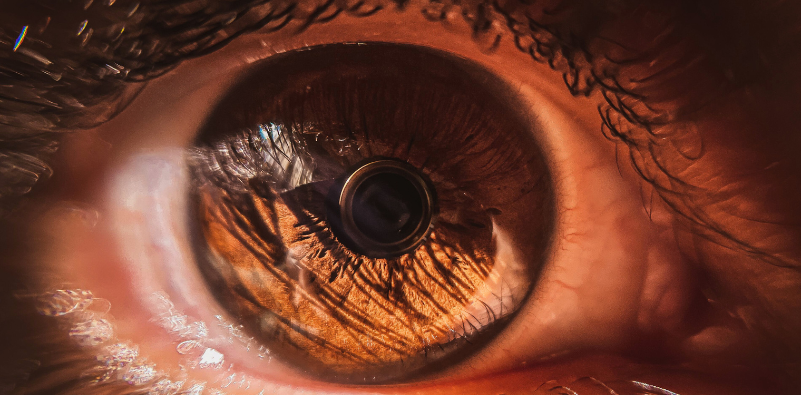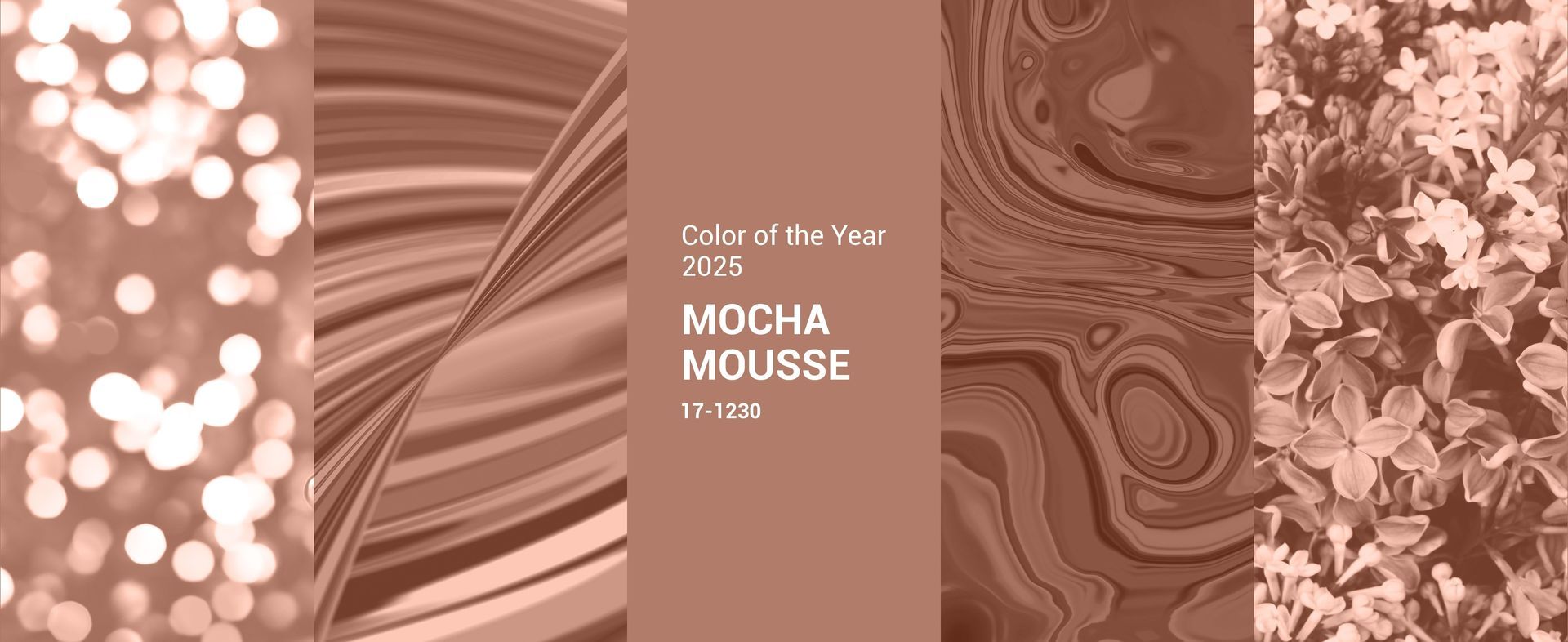Top Tips to Keep Safe When Driving at Night
We’ve covered tips on the biggest driving dangers at night, and what you should know about driving with glasses, but we wanted to give you some practical advice on how to keep safe when you’re driving at night. Driving in the dark is a lot more dangerous than driving in daylight, due to reduced vision and being less able to see other road users such as pedestrians and cyclists. Whether it’s in the rush hour on your way home, or it’s a long journey home after a long weekend, here’s our best advice on staying safe when driving at night.
Check Your Lights
Perhaps most importantly, is make sure you have working lights in your car. It’s illegal to drive without fully functioning front and back lights as it is so dangerous – it’s vital other cars and road users can clearly see you on the road. Make sure your lights are aimed correctly, not pointing down too low or up too high. Sometimes your lights can become hazy – if that happens don’t panic, just give them a clean with some headlight polish. Don’t forget to dim your lights when approaching traffic head-on, so you don’t dazzle other road users.
Slow Down
It’s recommended that you drive at a slower speed than usual at night. This is so that you can be prepared for any unexpected situations, such as someone walking out into the road. Driving slower will enable you to react safely ensuring you won’t put yourself and other road users in danger. Be aware of pedestrians at night, especially around pubs and clubs. Also, leave more space between your car and other vehicles on the road. This will allow you more time and space to manoeuvre if something happens, such as the car in front braking suddenly.
Make Sure Your Sight is the Best It Can Be
Make yourself as safe a driver as possible by ensuring your sight is the best it can be. If you haven’t had an eye test within the last 2 years, book an appointment as soon as possible with your local optician. Even the smallest vision change can make you a more dangerous driver, without you noticing. Any small changes in your vision are also more noticeable in lower light conditions. If you’re having problems with being dazzled by other cars and think your night vision can improve mention this to your optician.
Don’t Look into the Light
When driving on a multi-lane road, don’t look directly into the headlights of oncoming traffic. This can dazzle you and affect your vision. If you find your vision compromised by these lights, then slow down and if possible, stop, until these effects have worn off.
Clean Your Windows and Mirrors
By keeping your windows and windscreen clean, you can avoid extra glare and condensation. This is especially prevalent in Winter, with the falling leaves and debris. Dirty mirrors can reflect and distort light so keeping them clean is essential to a safe drive. If it has been raining, then make sure you give them a wipe, so the droplets don’t further disrupt your vision.
If you want to ensure you maximise your night driving vision, then why not book an appointment at your local Harrold’s Branch to speak to one of our optometrists. We’re offering all customers EnRoute lenses for just £60 extra – just fill in the short form on this link: http://d36.co/13Sj8

